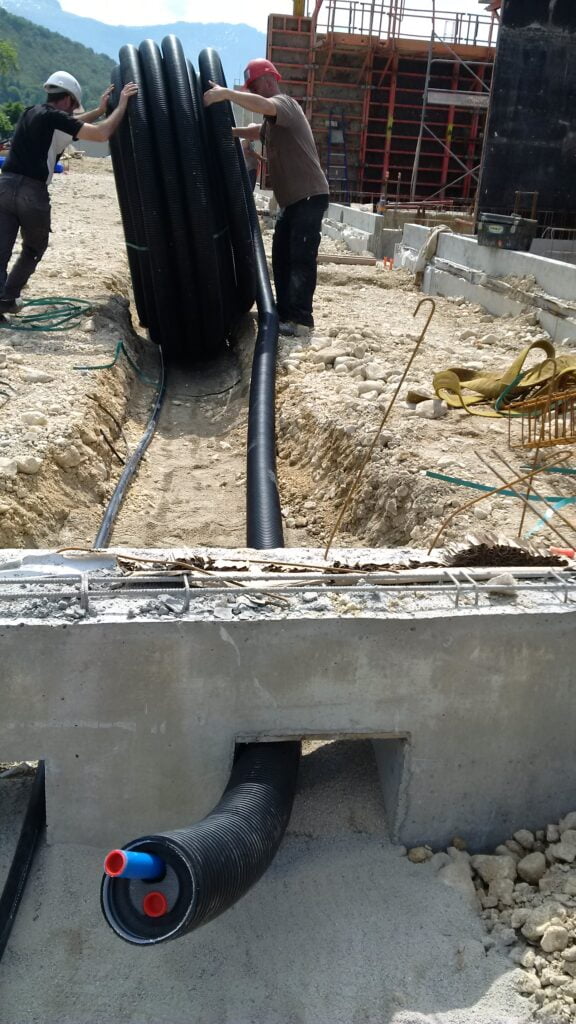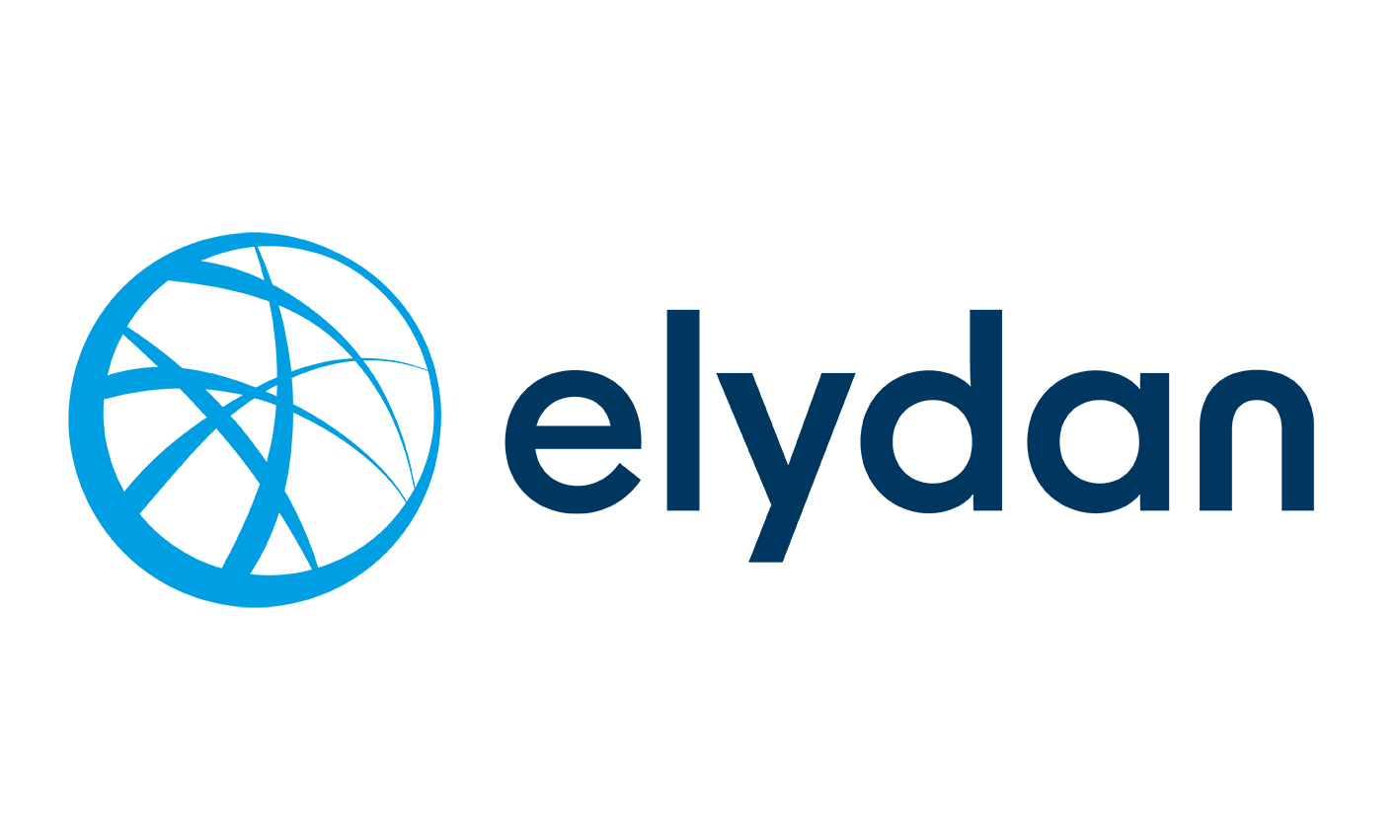The oil crises prompted the public authorities to seek a diverse national energy mix for financial reasons and to ensure energy independence. New heat networks appeared, making use of deep geothermal systems and the recovery of fatal heat from the burning of household waste.
However, few new networks were created, with the exception of small rural networks fired by biomass, as part of regional plans aiming to develop fuelwood.
The need to optimise the networks become apparent! This is when insulated pipework emerged.
What is insulated pipework?
The water and heating pipes are insulated to prevent heat loss, especially where a pipe passes through a non-heated or buried section.
Why are pipes insulated?
A better question would be: Why heat water to 200°C if our heating only requires 55°C?
For several decades, the temperature circulating in these networks has constantly fallen because needs have declined.
There can be significant heat loss along the piping.
When delivering water to heat transmitters, there can be a loss of up to 20% of the hot water’s calories due to the pipe length and the lack of insulation around the pipes. This loss implies an increase in your energy consumption to make up for it, and thus a rise in your energy spending.
Insulating your pipes can thus help you save significant amounts, especially when industrial products are used and where installation costs are low.
A pre-insulated piping system with a PER-a coolant pipe brings real economic benefits with its affordable cost and easy installation.

This was the third generation (3G) of heat networks.
3 key facts to keep in mind:
- Emergence of industrial made insulated piping;
- PER-a polyethylene or steel piping for a pressurised hot water system (lower temperature up to 95°C);
- Simpler installation with no special qualifications required, and flexible pipework.

In the next episode: 4/5 – Tomorrow’s heat networks.
Source: https://bit.ly/3ht5O13 (in French)
